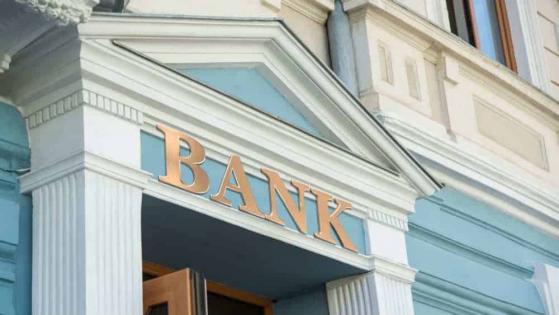Investors welcomed the Office of the Superintendent of Financial Institutions’s (OSFI) announcement lifting the restrictions on dividend increases and share buybacks. Banks aren’t the only federally regulated financial institutions covered by the ban. Insurance companies have the green light to hike their payouts to shareholders, too.
Some industry observers say Canada’s Big Six banks can raise their dividends by 20-25%. However, if the banks peg their payout ratios at pre-pandemic levels or 45% of earnings, the average dividend hike would be 18%. The news came out that life insurer Manulife Financial already announced an 18% dividend increase on common shares and payable in December 2021.
Dividend hike and buyback model Assuming the banks maintain the typical 45% payout ratio, Bloomberg Intelligence analyst Paul Gulberg believes the Bank of Montreal and National Bank of Canada are well positioned to implement the most significant percentage increase. Also, if the Big Six raise their dividends by 18%, they still have the capital to buy back 2% of their shares.
Furthermore, based on Bloomberg Intelligence’s assumptions, it would be the Bank of Nova Scotia (TSX:BNS)(NYSE:BNS) and Canadian Imperial Bank of Commerce (TSX:CM)(NYSE:CM) that can buy the largest percentage of shares. Gulberg said that BNS wouldn’t be able to increase its dividend by that much under the model. However, the bank could allow a higher payout ratio instead of cutting its dividend.
Highest yields Currently, BNS and CIBC have the highest dividend yield among the banks in the Big Six circle. The former pays 4.34%, while the latter offers 3.92%. The payout ratios are 50.35% and 44.72%, respectively. In comparison, BMO’s dividend is 3.08%, with a payout ratio of 39.55%. National Bank yields 2.73% or 34.93% of total earnings.
Dividend track records BNS and CIBC would remain the top choices of yield-hungry investors once the Big Six deploys capital for dividend hikes. Both are buy-and-hold stocks, too, given their more than a century dividend track records. BNS, Canada’s third-largest bank ($100.71 billion market cap) today, started paying dividends in 1832, or 189 years ago.
CIBC is the country’s fifth-largest lender. This $66.97 billion bank first paid dividends in 1868. By 2023, its dividend track record will be 155 years. Regarding stock performance in the last 48.93 years, CIBC’s total return is 19,984.06% (11.45% CAGR). For BNS, it’s 189,253.95% (16.68% CAGR) during the same period.
On a year-to-date basis, at $148.81 per share, CIBC is up 41.28%. Meanwhile, a BNS share costs $82.88, and current investors enjoy a 26.3% gain so far on top of the generous dividends. The sterling dividend track records of BNS and CIBC should give long-term investors and retirees the confidence to invest. Their payouts include periods of recessions, not to mention the 2008 financial crisis and the global pandemic.
Average potential increase OSFI head Peter Routledge said Canadian banks, including BNS and CIBC, had weathered the COVID-19 shock well. Likewise, the country’s economy is capable of withstanding the current endemic situation. Brian Porter, CEO of BNS, said, “We think our shares are still inexpensive and very attractive.”
Mike Rizvanovic, an analyst at Credit Suisse (SIX:CSGN), predicts the average potentially dividend quarterly hike of the Big Six banks will be 17%. They all have large excess common equity tier one capital ratios to increase their dividends this instant.
The post Which Big 6 Bank Will Hike Dividends by 25%? appeared first on The Motley Fool Canada.
Fool contributor Christopher Liew has no position in any of the stocks mentioned. The Motley Fool recommends BANK OF NOVA SCOTIA.
This Article Was First Published on The Motley Fool
